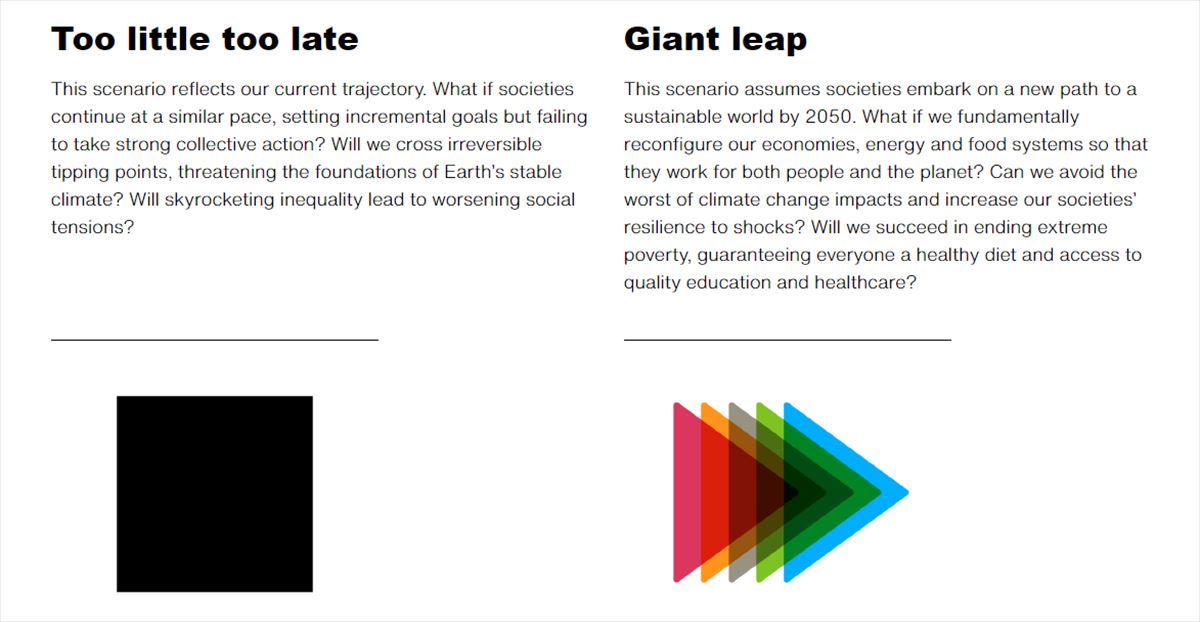The world population has reached 8 billion people in November 2022. However, a new report suggests that the number of inhabitants on the planet could peak in the coming years and begin to decline in the near future. This is encouraging news for some, but worrisome for others. In this article, we will look at the prospects for world population growth and possible solutions for a sustainable future.
Why is the world population expected to peak soon?
The report, produced by the initiative Earth4All and the Global Challenges Foundation, has predicted that the world population could peak at 9 billion people by the year 2050. This is a significantly lower number than previous estimates, such as those provided by the UN. This forecast is based on extensive research and analysis of scientific data.
The report points out that one of the main causes of population growth is economic inequality. The authors argue that the richest 10% of the world’s population is responsible for most of the excessive consumption of natural resources and the emission of greenhouse gases. Therefore, the solution to the population problem is not simply to reduce the number of people, but to address economic inequality and reduce excessive consumption by the richest.
What solutions are proposed for a sustainable future?

The report presents two possible scenarios for the future of the world population: “too little, too late” and “giant leap«. In the first scenario, the population is expected to peak at 8.8 billion people by mid-century and gradually decline to 7.3 billion by the year 2100. In this scenario, economic inequality and excessive consumption of natural resources they would continue to rise, potentially leading to increased species extinctions and social instability.
The second scenario, “Giant Leap,” is more encouraging. In this case, the population is expected to peak at 8.5 billion people by 2040 and decline to just 6 billion people by 2100. This scenario requires a significant reduction in extreme poverty by 2060 and a focus on gender equality, food and energy security and reducing excessive resource consumption by the wealthiest.
The report’s authors emphasize that these solutions are not an unattainable utopia, but an essential foundation for a resilient civilization on a planet under extreme pressure. To achieve this, large investments in education and health are required, as well as changes in economic policies to address inequality.
What does the future of the world population imply for our planet?
The future of the world population continues to be an issue of great importance and relevance for our planet. While it is true that a spike in population numbers could alleviate some of the problems associated with population growth, it is also important to consider the long-term implications of any proposed solution.
For example, the reduction of extreme poverty is a crucial part of any sustainable strategy to reduce world population growth. However, it is also important to ensure that the elimination of poverty does not lead to an increase in the consumption of natural resources by a new emerging middle class. Addressing economic inequality and reducing excessive resource consumption by the wealthiest is important to ensure a sustainable transition to a sparsely populated future.
It is important to remember that any proposed solution for the future of the world’s population must consider the impact on all regions of the world. Population growth varies widely around the world, and it is important to address the underlying causes of this growth in each region. Education and gender equality are especially important in this regard, as they have been shown to have a significant impact in reducing population growth.
The future of the world’s population is a complex issue that requires a balanced and sustainable solution. While a peak in population numbers may alleviate some of the problems associated with population growth, it is important to address the underlying causes of this growth to ensure a sustainable future for our planet. The elimination of extreme poverty, education and gender equality are just some of the solutions needed to achieve this goal.
You have the information at earth4all.life












